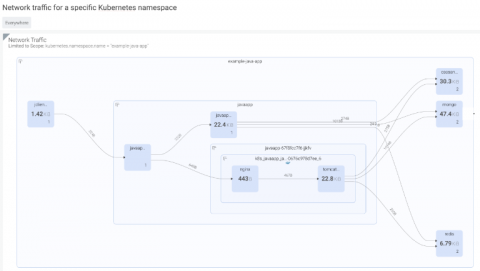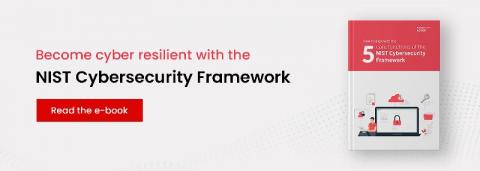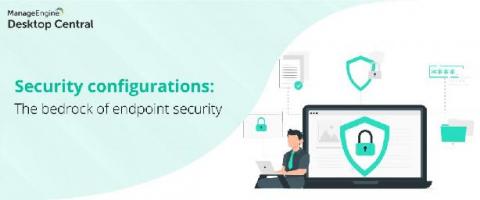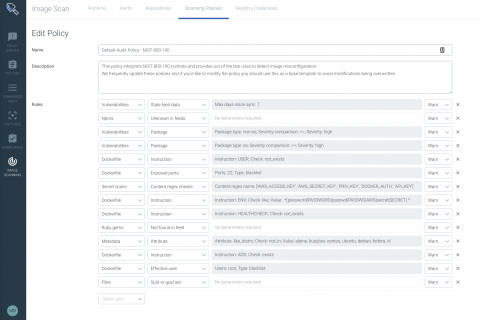Interview with Cyber Czar & Founding Partner of NIST, Jeffrey R. Wells
For the next interview in our series speaking to technology and IT leaders around the world, we’ve welcomed Co-chair of Cybersecurity, Data Protection & Privacy at Clark Hill, Jeffrey R. Wells to share his views on the state of cybersecurity today.









